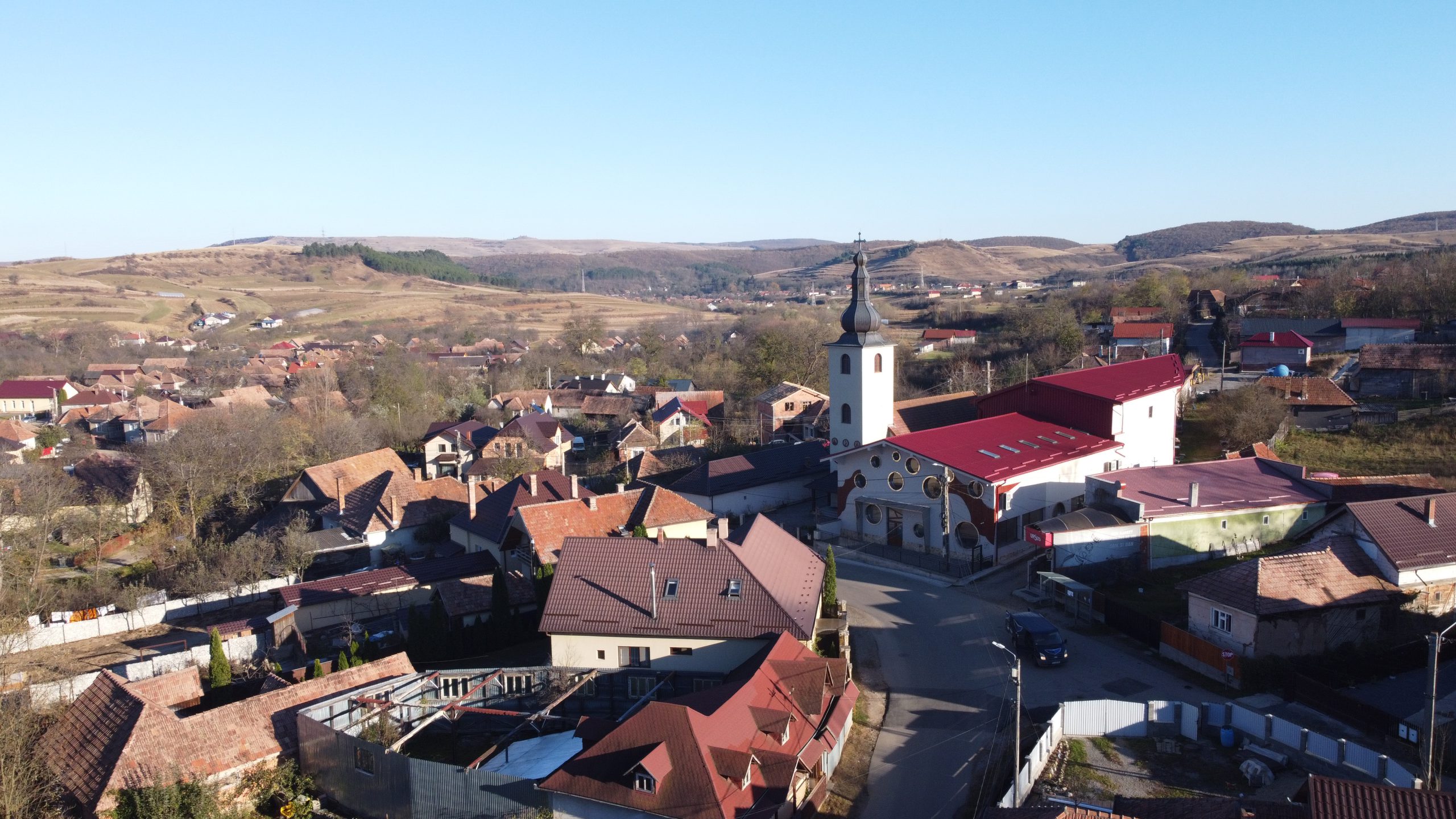- Comuna Săvădisla
- Primăria
- Consiliul Local
- Informații de Interes Public
- Noutăți
- Taxe și Impozite
- Stare Civilă
- Asistență Socială
- Registrul Agricol
- Urbanism
- Fond funciar
- Achiziții Publice
- Buget
- Bilanțuri Contabile
- Solicitare Informații – Legea 544/2001
- Declarații de Avere si Interese
- Transparență Decizională
- Integritatea Instituțională
- Registrul de Evidență a Sistemelor Individuale Adecvate pentru Colectarea și Epurarea Apelor Uzate
- P.N.R.R.
- Contact
- Monitorul Oficial Local
Finișel
- Comuna Săvădisla
- Primăria
- Consiliul Local
- Informații de Interes Public
- Noutăți
- Taxe și Impozite
- Stare Civilă
- Asistență Socială
- Registrul Agricol
- Urbanism
- Fond funciar
- Achiziții Publice
- Buget
- Bilanțuri Contabile
- Solicitare Informații – Legea 544/2001
- Declarații de Avere si Interese
- Transparență Decizională
- Integritatea Instituțională
- Registrul de Evidență a Sistemelor Individuale Adecvate pentru Colectarea și Epurarea Apelor Uzate
- P.N.R.R.
- Contact
- Monitorul Oficial Local
Finișel este cel mai mare sat al comunei Săvădisla, locuit în majoritate de români. Este situat la poalele munților Gilăului, pe valea pârâului Feneș, iar numele lui provine de la această apă. Potrivit lingviștilor, cuvântul „fenes” (în maghiară) derivă de la verbul fen (ascuți), iar Feneș înseamnă apă în care există pietre ce pot fi utilizate la ascuțire. Întrucât trei sate au fost denumite după pârâu (Szászfenes – Florești, Magyarfenes – Vlaha, Kisfenes – Finișel), în maghiară, acestea au fost diferențiate între ele prin prefixe.
Prima atestare scrisă a satului datează din anul 1440, când este menționat în documente sub denumirea de Pwsthafenes, apoi Kysfenes. Numele românesc al comunei, ”Fenyesel”, apare în anul 1750, la sfârșitul secolului al XIX-lea a fost folosit ca ”Feneșel”, apoi sub forma de ”Feneșăl”, iar din anul 1925 poartă numele actual: Finișel.
În Evul Mediu, Finișel a aparținut domeniului Cetatății Liteni, împreună cu Săvădisla, Hăşdate, Lita, Liteni precum și Vălişoara.
În anul 1733, episcopul greco-catolic Ioan Inochentie Micu-Klein descrie comunitatea din Finișel ca fiind de religie greco-catolică. La acea vreme, în sat trăiau 48 de familii, adică aproximativ 200 de persoane. În 1762, însă, majoritatea locuitorilor din Finișel au revenit la credința ortodoxă. La recensământul din 1869, satul avea 751 de locuitori, toți fiind ortodocși. În anul 1900, avea deja 950 de locuitori, 845 ortodocși și 105 greco-catolici. La acea vreme, satul avea doar 32 de locuitori alfabetizați. Populația se ocupa, în mare parte, de agricultură.
În anul 1977 Finișel avea 948 de locuitori (922 români, 25 romi), în 1992 numărul acestora a scăzul la 849 (825 români, 22 romi), în 2002 era de 828 (778 români, 49 romi), în anul 2011 avea 825 de locuitori (734 români, 10 maghiari, 27 romi), iar în anul 2021 tot 825 (734 de români, 10 maghiari, 57 de romi).
În anul 2021, 705 dintre locuitorii săi s-au declarat ortodocși, 68 penticostali, 8 reformați și 6 Martori ai lui Iehova.
Vechea biserică de lemn a așezării a fost construită, probabil, în anul 1758. Acest lucru este indicat de inscripția de pe spatele iconostasului, care poartă și numele zugravului Petru, posibil primul decorator al bisericii. Picturile murale care pot fi văzute astăzi în biserică au fost realizate în anul 1807 de zugravii Dumitru Ispas și Ursu. În anul 2016, a fost refăcut acoperișul din șindrilă al bisericii, iar în 2017 al clopotniței. Noua biserică ortodoxă din sat a fost sfințită în luna mai 2019, la 20 de ani de la punerea pietrei de temelie. În localitate mai există și o casă de rugăciune penticostală.
În Finișel există o grădiniță și o școală gimnazială în limba română. Satul este conectat la rețeaua națională de gaze naturale, are rețea de apă potabilă și canalizare în proporție de 90%, iar drumurile sunt asfaltate în proporție de 80 %. Drumul care traversează localitatea spre Plopi a fost asfaltat în anul 2023 cu sprijinul Consiliului Județean Cluj.
Grupul de dansuri populare ”Poienița” din Finișel activează din anul 2010 și, de la înființarea sa, a participat la multe evenimente organizate în județul Cluj. În anul 2012, a fost înființată trupa de teatru ”Scara” formată din elevi, care a reprezentat satul la mai multe festivaluri și a primit mai multe premii.
- UAT Săvădisla
- 2.415
- Str. Principală, Nr. 35, Comuna Săvădisla, 407505, Județul Cluj
- +40 264 374 275
- +40 264 374 275
- primsav@yahoo.com



